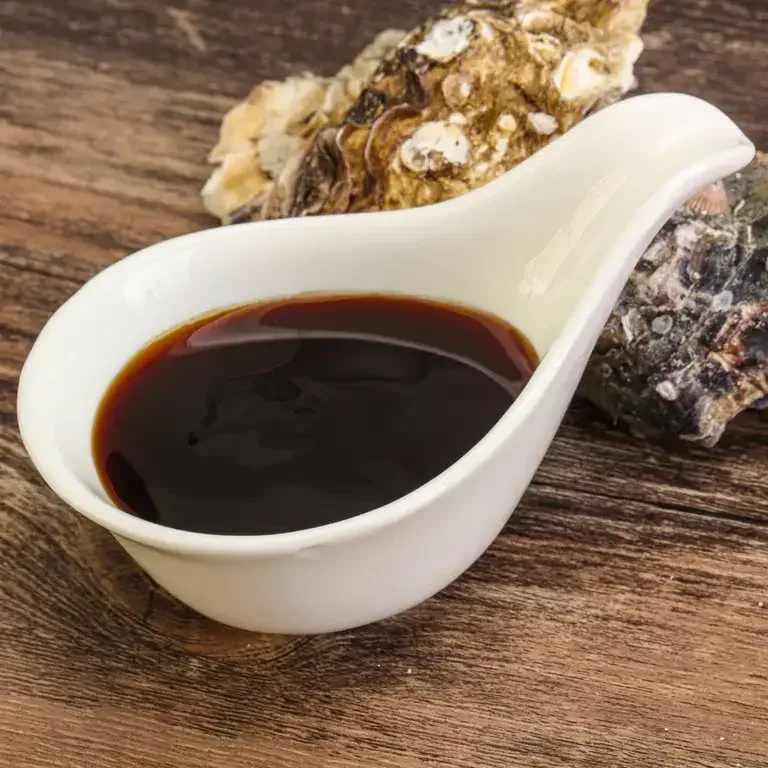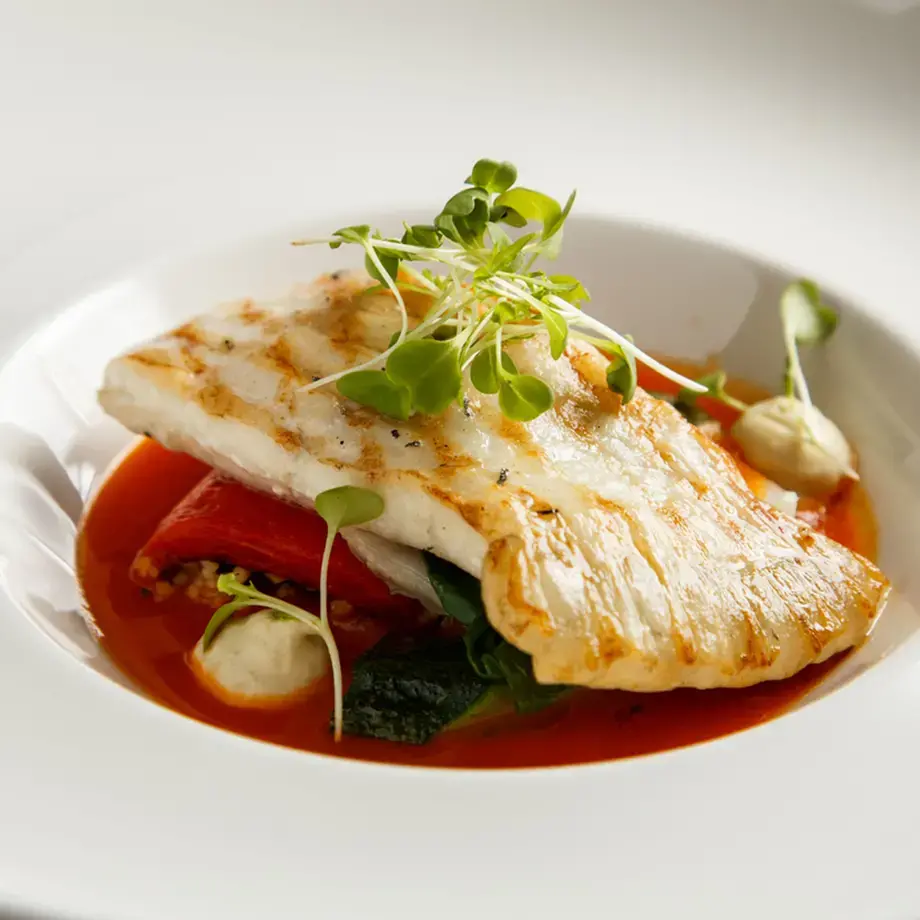If you’re looking for a way to up the umami in your home cooking, reach for a bottle of oyster sauce next time.
The origin story goes that in the late 19th century, Mr Lee Kum Sheung overboiled oysters at his food stall in what is modern-day Guangdong province, creating a rich, syrupy liquor we know today as oyster sauce. His customers loved it and the rest is history.
Since then of course it’s been modified with sugars and starches but the essence, the pure umami of the condiment, which has become synonymous with stir-fried dishes, remains and is a useful tool for any cook who wants to round off a dish.
“A lot of dishes that you eat in China or Hong Kong, you won't even know that there's oyster sauce inside, but you understand that when you eat that dish, there's a roundness to the umami, and there's a roundness to the flavour,” says Andrew Wong, the chef behind A. Wong in London, the first Chinese restaurant outside Asia to win two Michelin stars.
Wong uses oyster sauce at the restaurant in marinades, stir fries and in braised dishes. “It has such incredible diversity in the way that it can be used. It's just such an incredible umami rounder. It would be the equivalent of Western chefs putting Marmite in stuff,” he says.
Scroll down for Wong's tips for using oyster sauce at home.
Tom Jenkins













